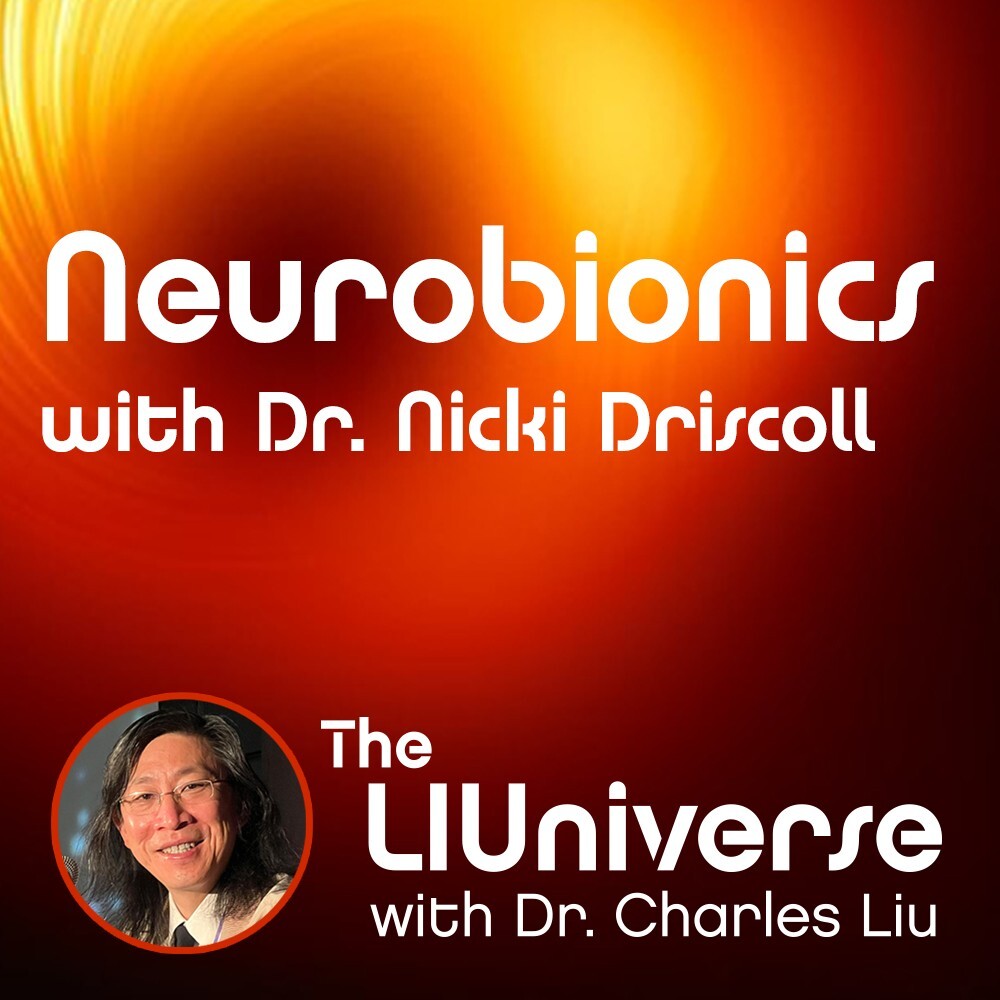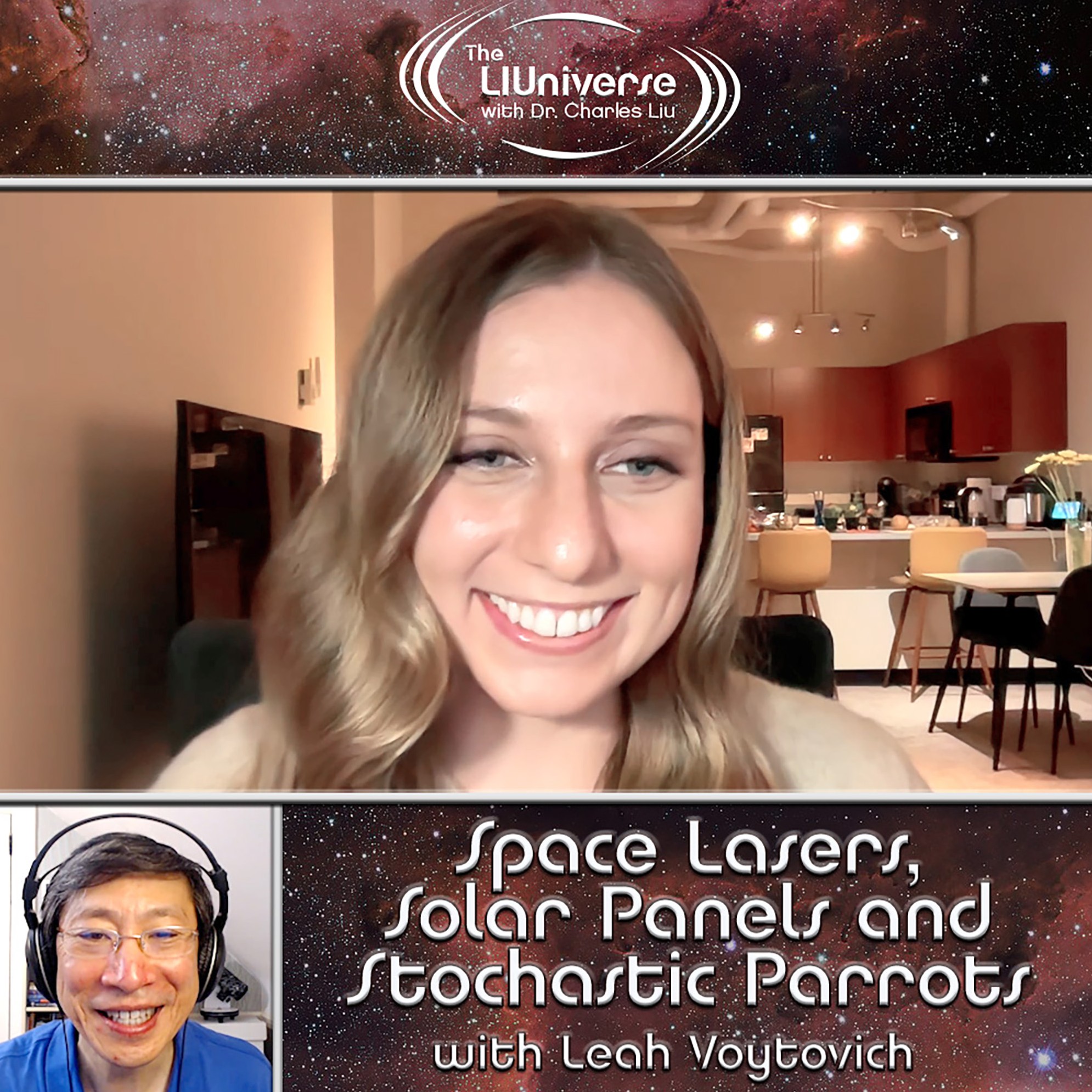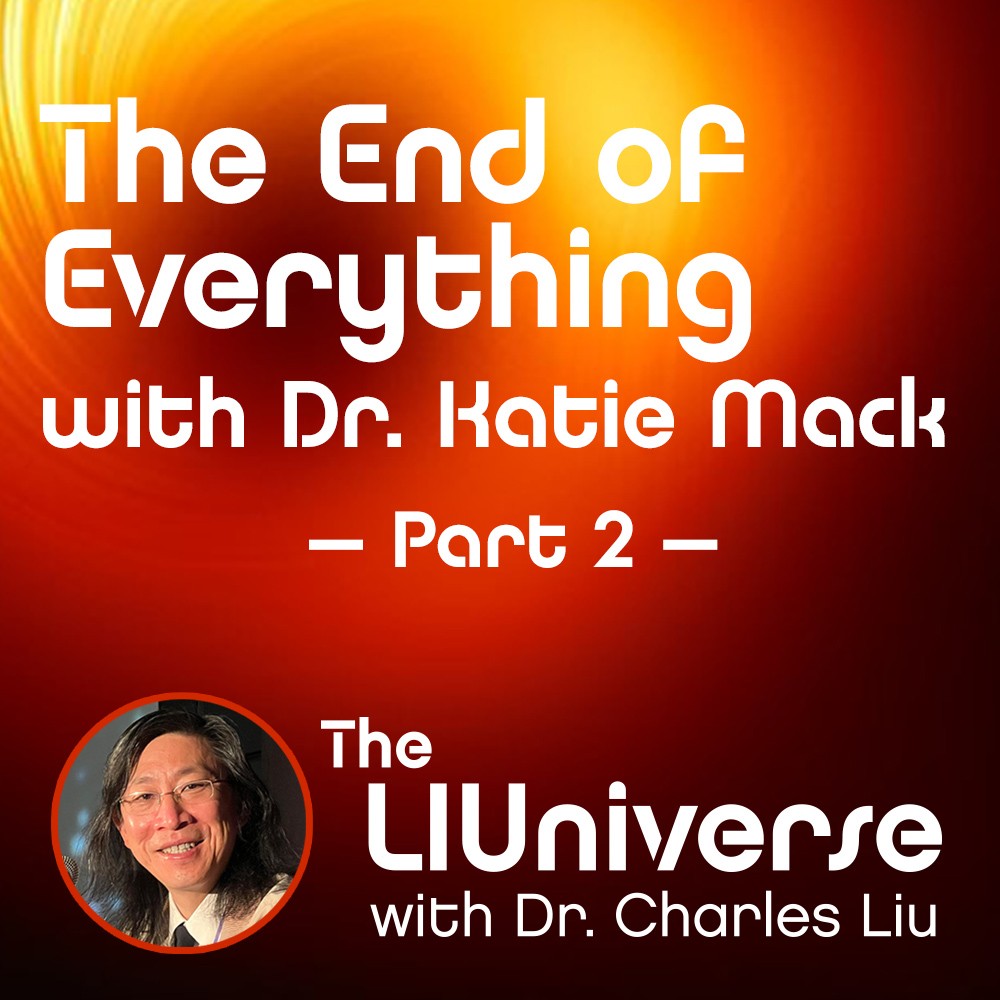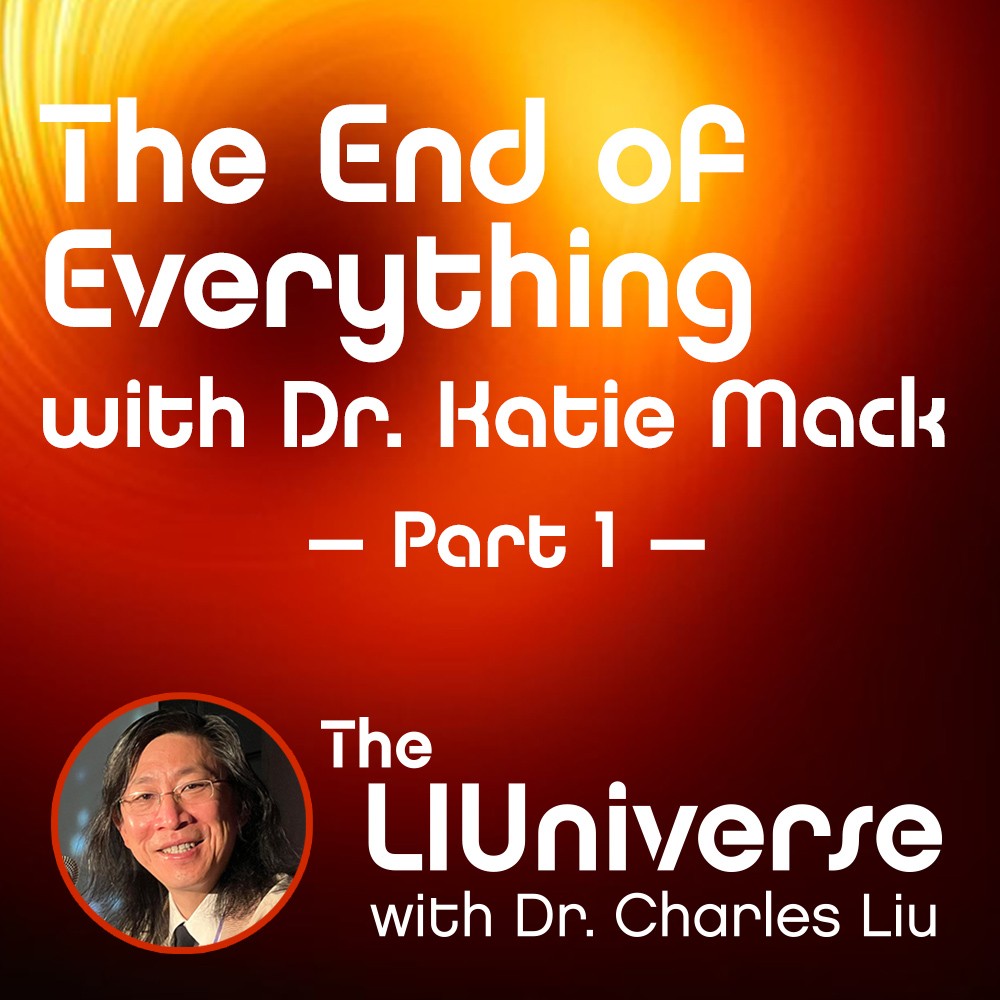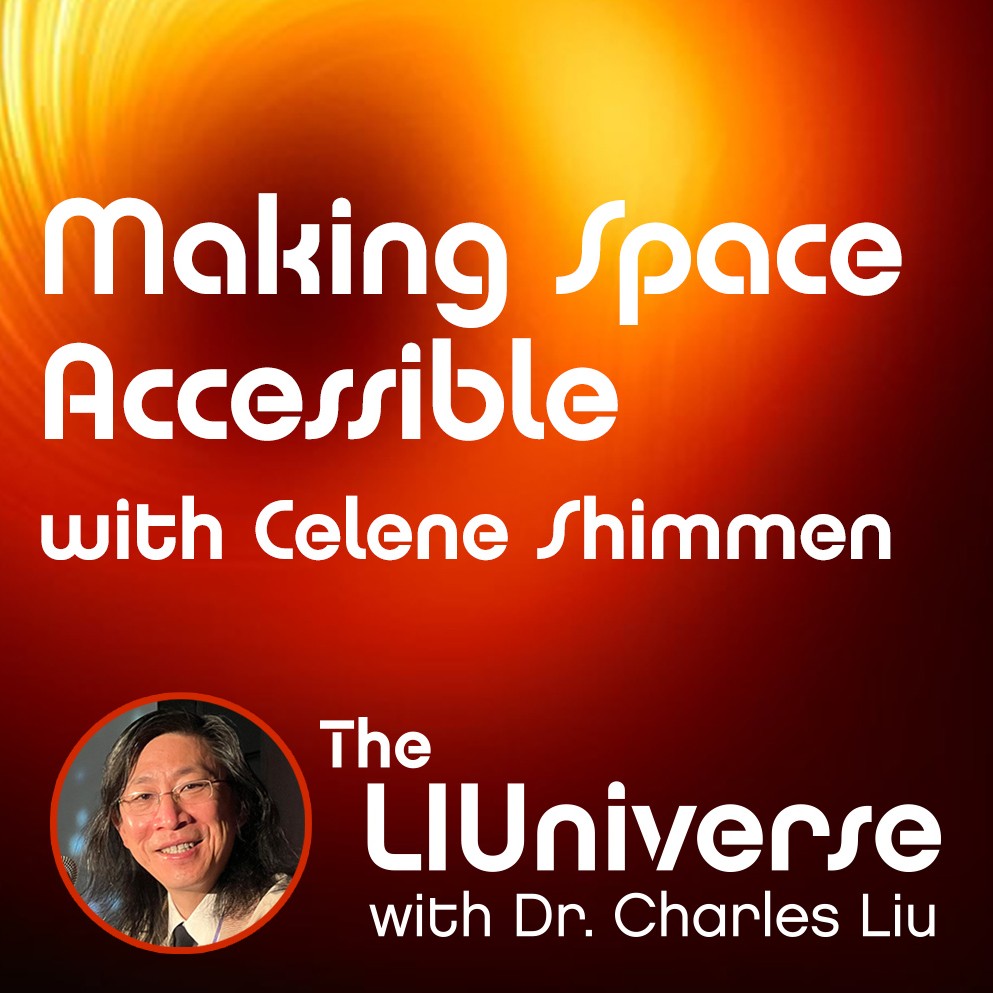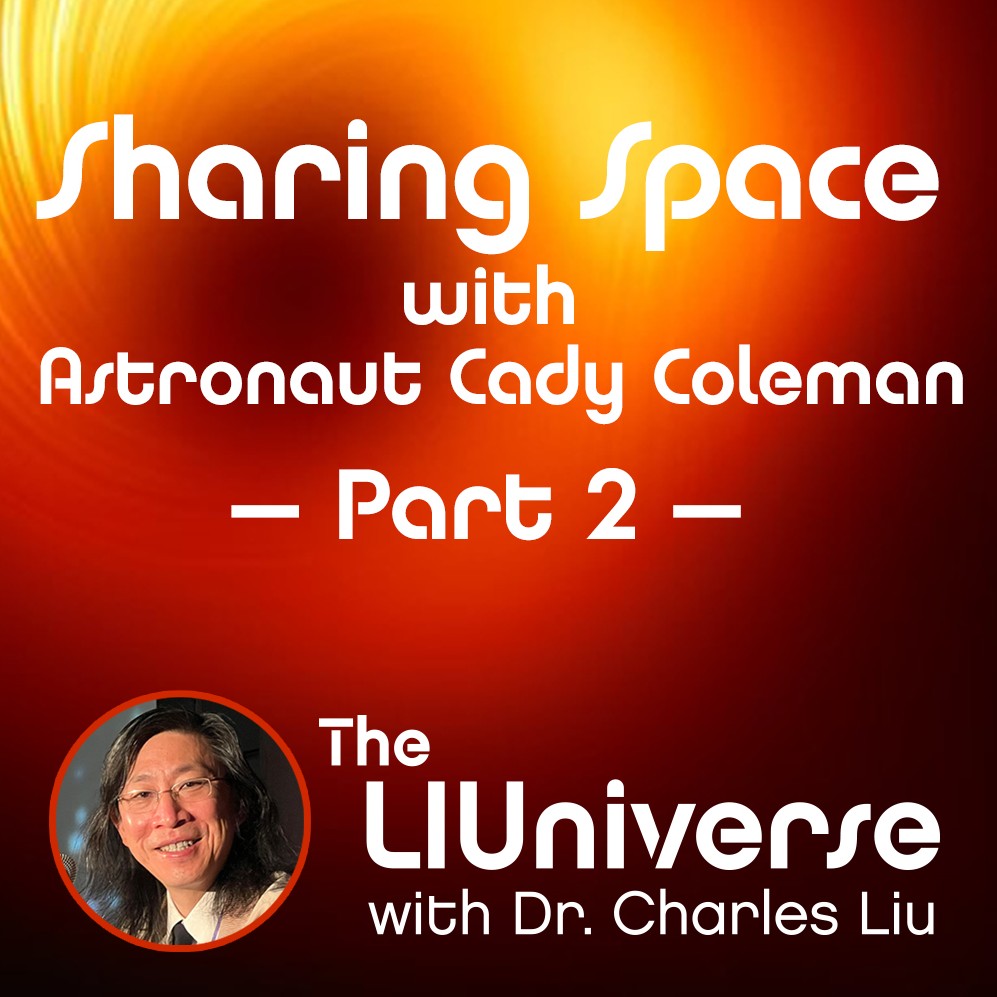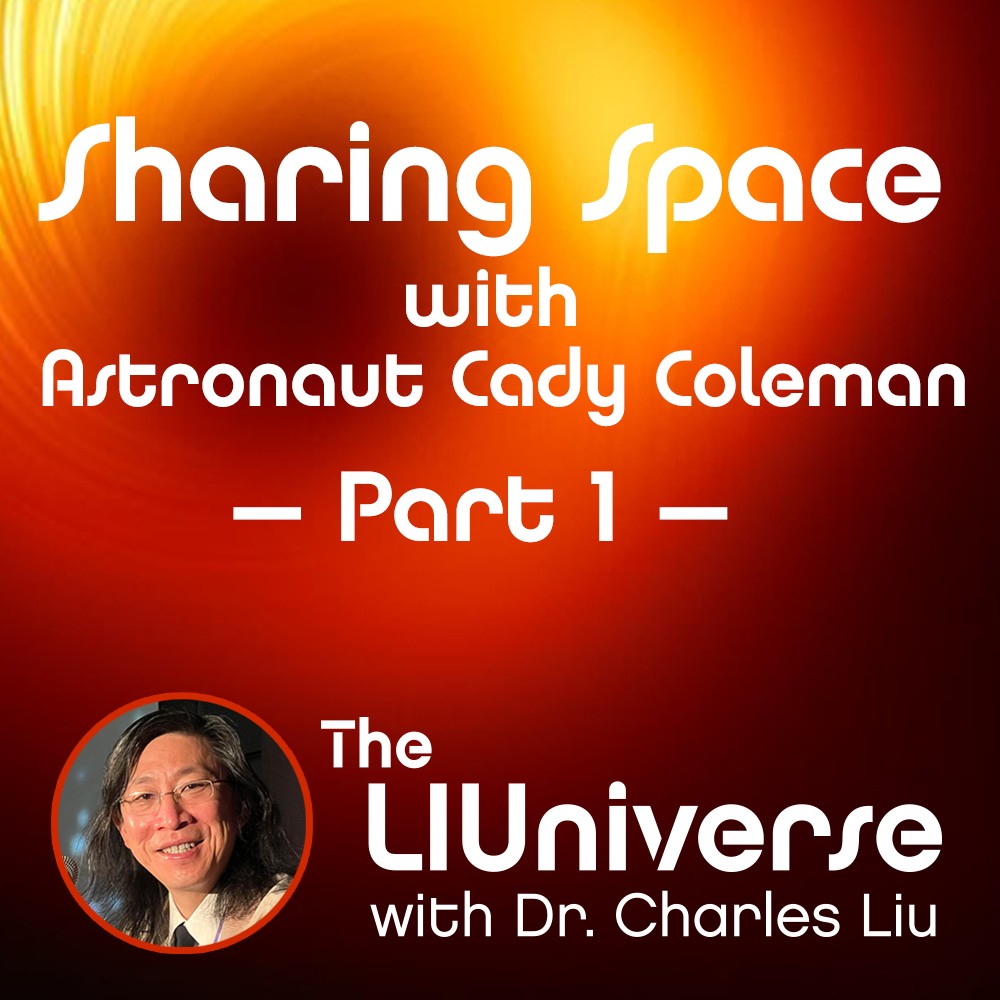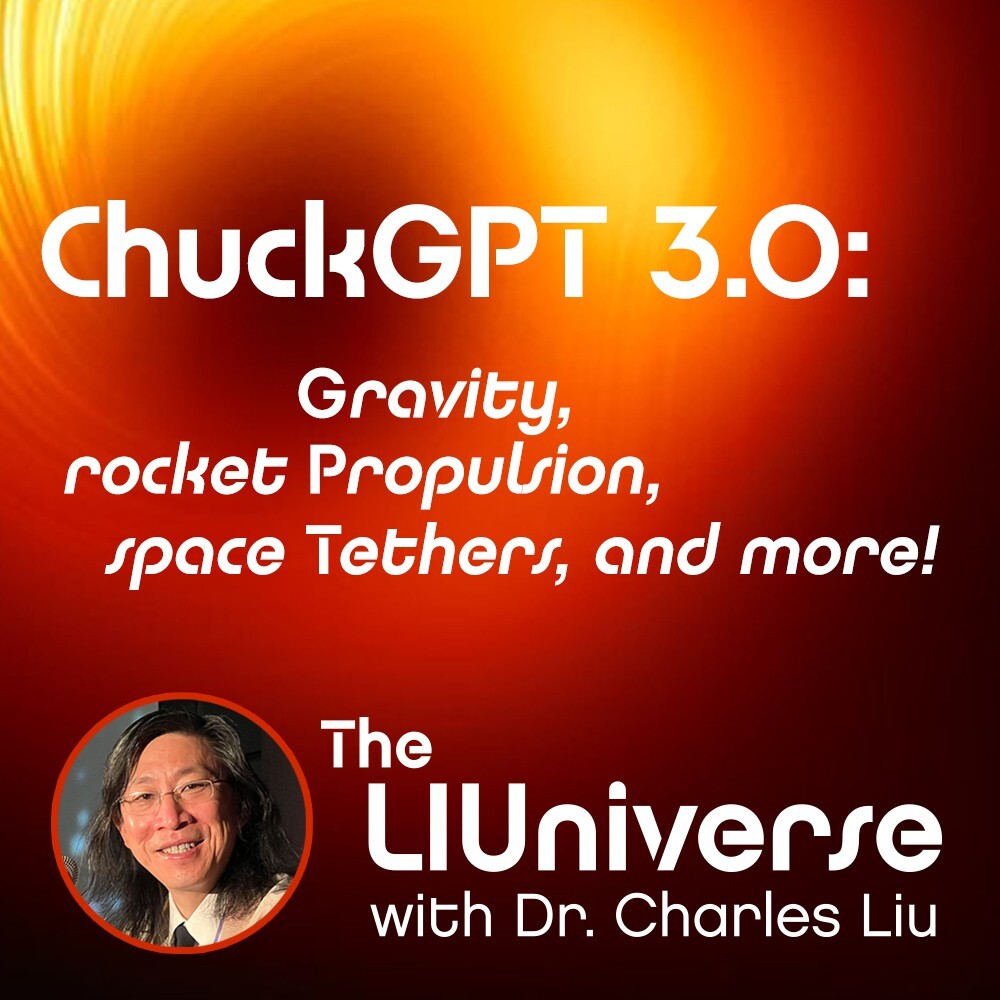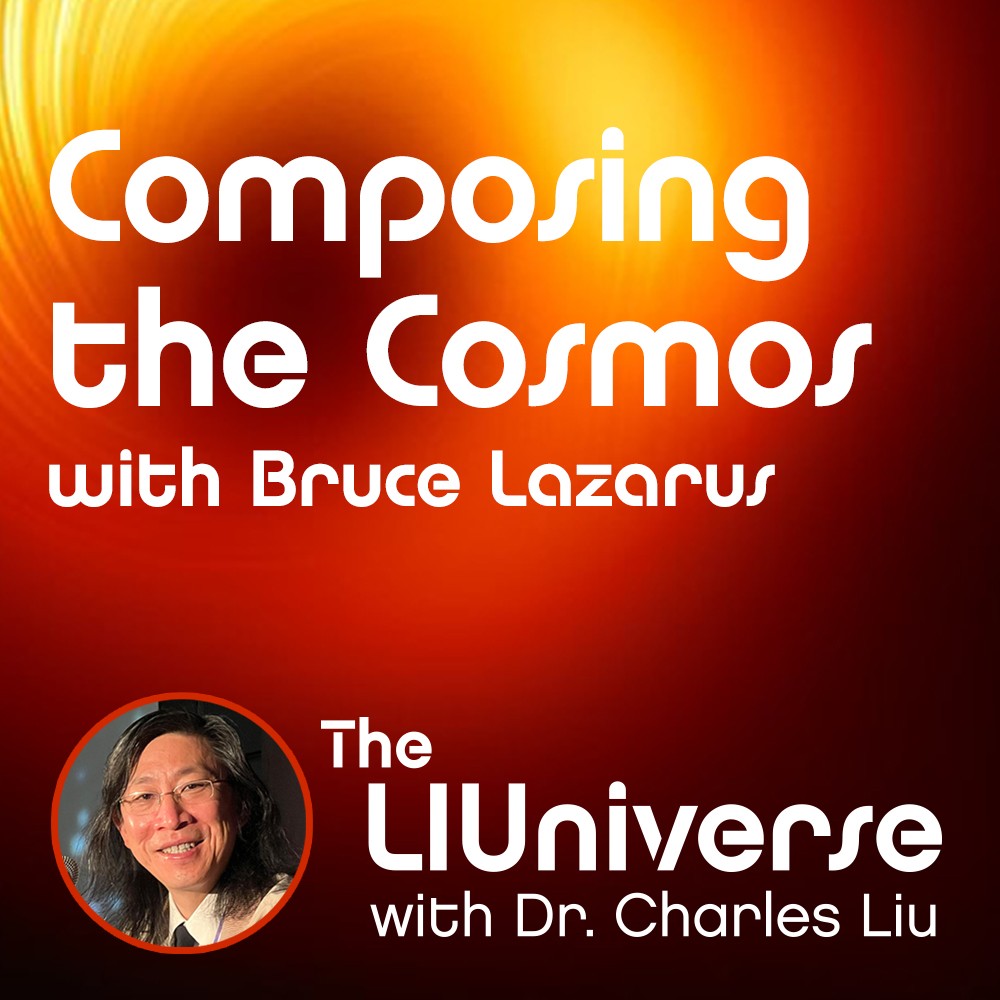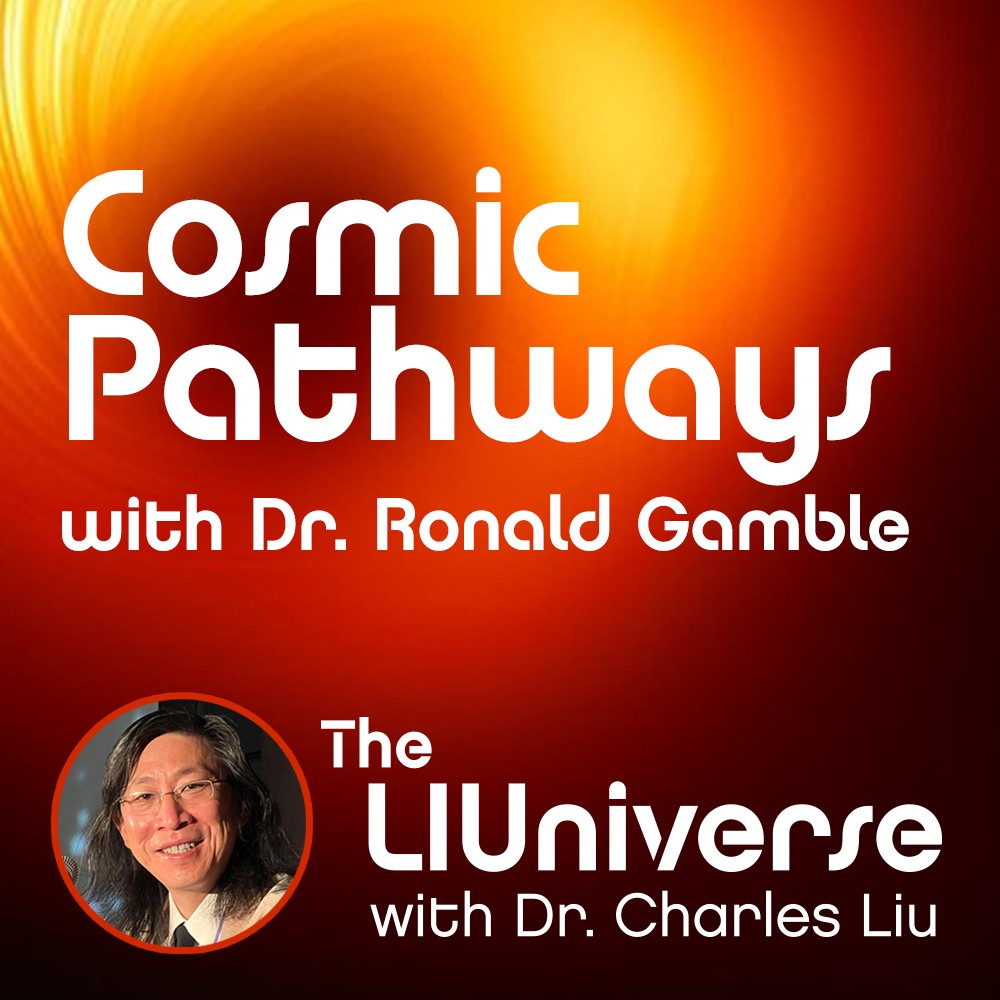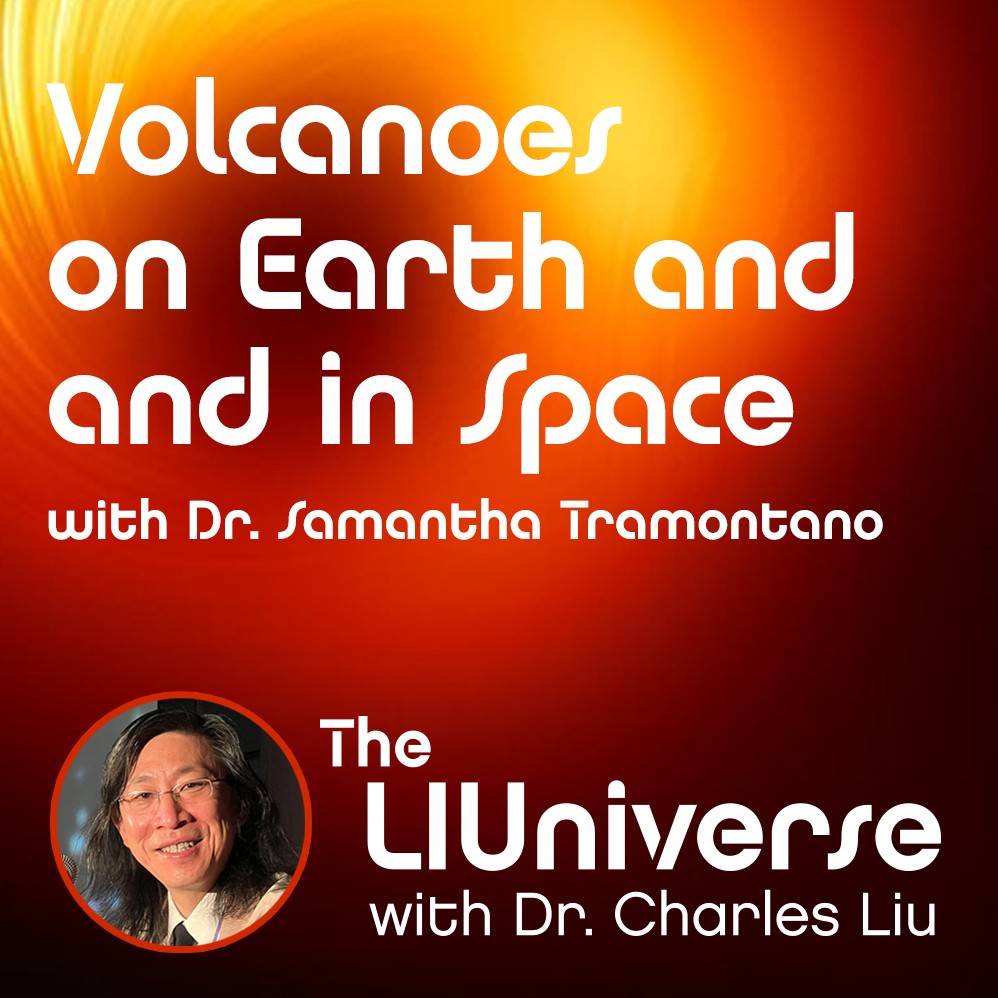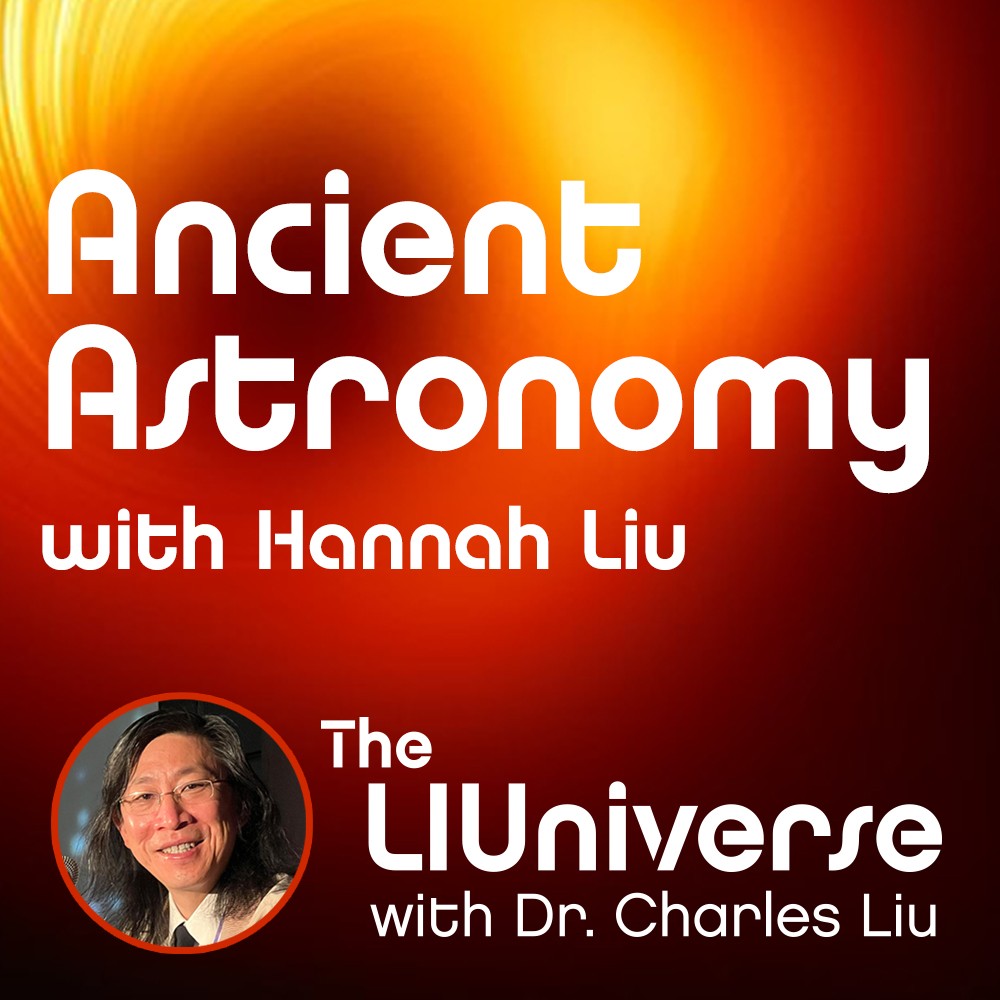Neurobionics with Dr. Nicki Driscoll
Description
How does the brain actually work? And is there anything we can do when it doesn’t? To find out, Dr. Charles Liu and co-host Allen Liu welcome Dr. Nicki Driscoll, CTO and Co-Founder of NeuroBionics.
As always, though, we start off with the day’s joyfully cool cosmic thing, the recently announced discovery of Super-Earth TOI-715 b that is within its star’s habitable zone. It’s roughly 1.5x the diameter of Earth and orbits an M-4 Red Dwarf star in a zone where liquid water could exist and be stable on the surface of the planet. And where there’s liquid water, there is the possibility for life.
Charles and Nicki quickly move from the search for intelligent to the actual activities inside the brain itself that give rise to consciousness. As Nicki points out, as incredible as it is that our brains can ponder what’s out there, it’s equally incredible how little we know about what’s inside them... especially when things go wrong in the brain.
Dr. Driscoll explains stochastic processes and brain complexity, with over a billion neurons, each behaving like its own little computer with thousands of connections with other neurons called synapses.
You’ll hear about white matter and gray matter, and what they have in common with the interstate highway system. Nicki points out how humans frequently create systems that mirror efficient systems found in nature. Chuck points out that when we map the large scale structure of the universe, including the cosmic background radiation and dark matter, it looks like a brain!
Then it’s time for a question for Nicki from the audience. Madison H. asks, “What is the most interesting thing about the brain that impacts the way humans think?” Nicki settles on the fact that the brain uses multiple mechanisms for signaling, from electrical signals in the neurons to chemical signaling via neurotransmitters and chemicals in the brain, and how they can vary due to minute differences.
Nicki explains the field of neurotechnology, where her company NeuroBionics creates devices that allow us to interact with the brain, recording and even stimulating activity in the brain. She describes the two different areas of neurotechnology.
The first, the domain of Elon Musk’s company Neuralink, is recording neural activity with brain computer interfaces that use electrodes to record brain activity and then try to decode that activity to try to help people with paralysis or who are unable to communicate.
The second area, which involves stimulating the brain, is called neuromodulation and is very useful for therapy for people with epilepsy and Parkinson’s disease. NeuroBionics has developed a technique for neuromodulation that doesn’t require invasive surgery by feeding very thin fiber devices into the brain through catheters in blood vessels using the same process that neurosurgeons already use in treating strokes.
Our next question comes from Elene, who asks Nicki, “Since you have your PhD, do you think it was worth it or gratifying going through that many years of schooling?” Nicki answers with a resounding yes, for herself, but explains that it depends on your career goals.
Elene also asks, “Do you think AI will ever reach a point where it will start dangerously affecting our day to day life such as job opportunities?” Charles and Nicki agree that AI is a useful tool, especially for scientists, but that the ability to generate misinformation and deep fakes is already troubling and that, like nuclear power, we should be able to maximize the positive use while minimizing the worst excesses.
The subject turns to AI and brain science in games and science fiction, and Nicki describes the first book in a series she’s reading, called “Children of Time.” In it, a character uploads their consciousness into a computer, and act which is still most decidedly in the realm of fiction. You’ll hear about the still incomplete efforts to map the 212 neurons in the brains of C. Elegans, a simple primitive worm with a simple brain structure that scientists use to study the activity of individual neurons and small quantities of synapses.
Before we run out of time, Chuck asks Nicki whether he should freeze his brain when he dies and whether supercomputers could be used to recreate who he is – but to find out the surprising answer to that question (or perhaps not so surprising after all), you’ll need to watch or listen to the episode.
If you’d like to know more about Dr. Driscoll, follow NeuroBionics on LinkedIn or visit neurobionics.io.
We hope you enjoy this episode of The LIUniverse, and, if you do, please support us on Patreon.
Credits for Images Used in this Episode:
– Illustration of Super-Earth TOI-715 b – NASA/JPL-Caltech, Public Domain
– Map of “white matter” in the brain – Xavier Gigandet et. al. CC BY 2.5
– A growing slime mold – Christian Grenier, Public Domain
– A large-scale simulation of the universe – Andrew Pontzen and Fabio Governato, CC BY 2.0
– C. Elegans worms – ZEISS Microscopy, CC BY 2.0t
#TheLIUniverse #CharlesLiu #AllenLiu #SciencePodcast #AstronomyPodcast #neurobionics #NickiDriscoll #Stochasticprocesses #neurons #synapses #whitematter #graymatter #neuralactivity #Neuralink #braincomputerinterfaces #neuromodulation #epilepsy #Parkinsonsdisease #AI #brainscience #ChildrenofTime #CElegans #supercomputers

